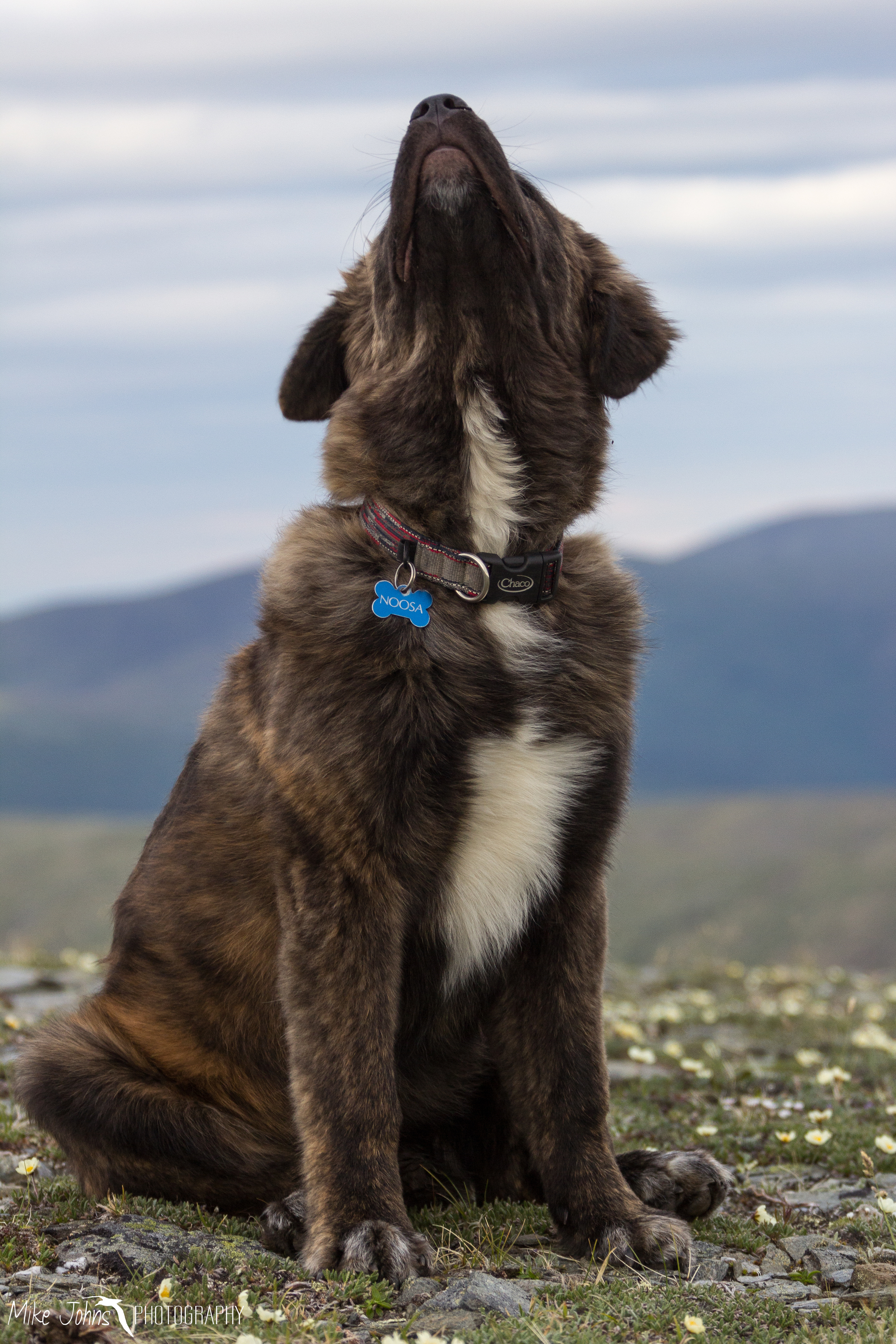Alaska has been described as a land of many extremes, particularly here in the interior of Alaska. Extreme mountains, extreme wildlife, extremely long cold winters, and an extremely horrifying population of mosquitos. The image above is a composite I put together recently of another extreme Alaskan experience, the midnight sun. Thanks to a 23.5° tilt of the Earth's axis along its orbital plane, the Northern Hemisphere leans towards the Sun this time each year, providing 24 hours of daylight at or above the Arctic Circle; which is currently defined as latitude 66°33′46.3″ north. The endless sunlight provides a brief but intense growing season for residents otherwise deprived of fresh produce the rest of the year. The veggies here can get huge. Really, you should see the size of our cabbages. Fairbanks is just a few degrees south of the Arctic Circle, so technically the sun does disappear for a few hours each "night", but just barely.
Last December I made an image of the winter solstice, the shortest day of the year, where here in Fairbanks the sun only manages to rise a few degrees above the Alaska Range. To complete the set, I Googled the best places around Fairbanks to watch and photograph the midnight sun, and concluded that Eagle Summit would work great for a quick overnighter. Again, I use the term "night" loosely. Eagle Summit is also just south of the Arctic Circle, but due to its high elevation, unobstructed views to the north, and some refractive properties of the Earth’s atmosphere, the sun appears to never set around the solstice; dipping low and flirting with the horizon before climbing back into the sky again. To map out when and where to shoot the exposures needed to show the progression of the sun across the sky, I created the figure below using data from THIS WEBSITE. It shows the Sun's compass bearing (Azimuth) and elevation (degrees from horizontal) every hour as viewed from Eagle Summit. And yes, I used R. This gave me an idea of when to arrive, when to set up, and where to point my camera.
Of course, I arrived a little before schedule, so Noosa and I had some time to spare before the show began. Below are some photos from the waiting game.






